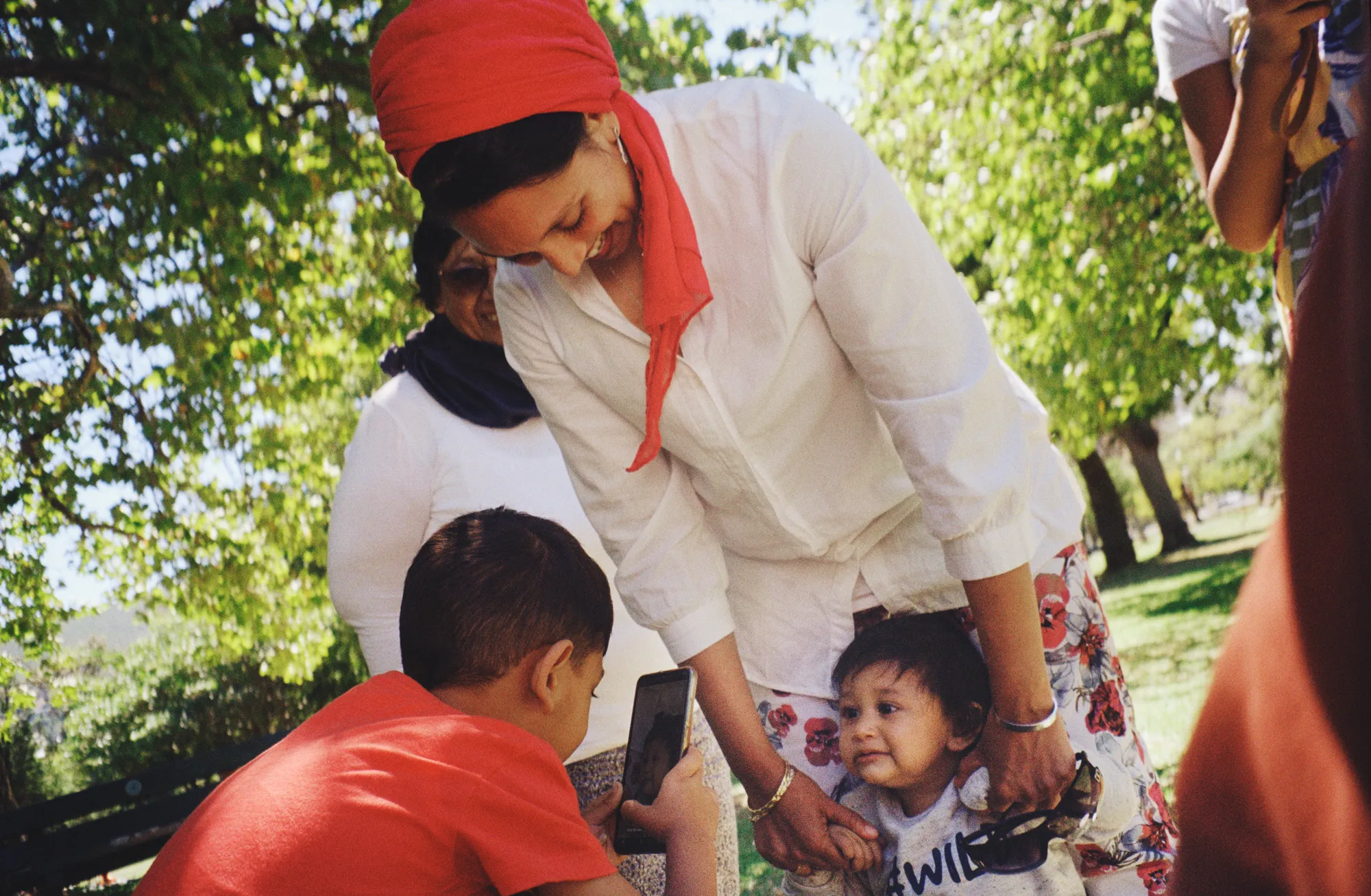Before setting up your community, consider your purpose – is it to coordinate projects on the ground, provide social support directly to people in need, raise awareness of an issue, or something else? Your purpose will help you to decide which members to include in the community and what groups they will be in. You might create or add groups of:
- volunteers by geographical area;
- volunteers by skill set;
- volunteers by project or event;
- project leaders or volunteer coordinators;
- new volunteers for orientation;
- volunteers collecting and sharing best practices;
- volunteers tasked with gathering and sharing stories of program impact;
- beneficiaries by need or vulnerability;
- beneficiaries by geographical area;
- donors by project or interest area.
A clear community purpose will help your admin team and members to understand why some groups are added while others are not. For example, if part of your purpose is to provide food for low income families, you may decide to create or add groups engaged in food preparation and food delivery, and even include a group of volunteers dedicated to mentoring newcomers. On the other hand, a group of volunteers connecting over a shared social interest would not be invited.


